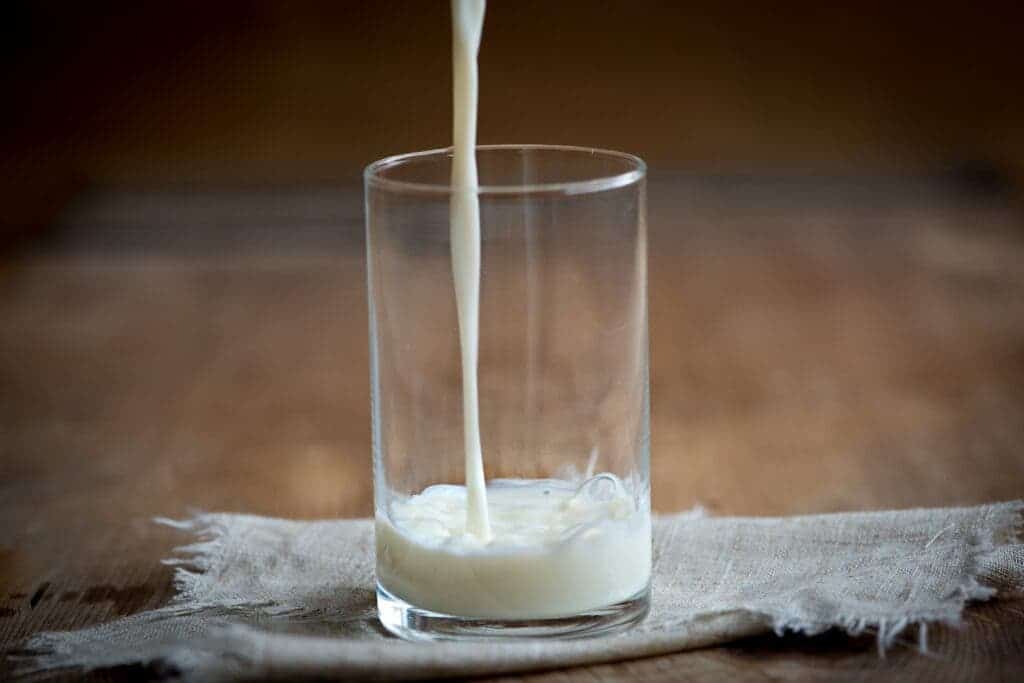A new study highlights that certain elements in casein tryptic hydrolysate (CTH), a mixture of protein elements that are naturally produced from the digestion of milk, could form the basis of new sleep remedies.

The calming, rest-inducing effect of a glass of warm milk before bedtime is already well known. Researchers ascribe this mostly to tryptophan, an amino acid present in milk. However, new research suggests that this isn’t the only compound in milk that helps us sleep. A mixture of peptides (the building blocks of proteins) collectively known as CTH, which is also present in milk, also seems to have such an effect.
New research zooms in on the issue more closely, identifying which specific peptides in CTH produce this effect. Such molecules could be used to create novel, all-natural treatments for sleep disorders, the study explains.
Milk for sleep
Insomnia is quite a serious issue on a global level. Different sources estimate that between 10% and 30% of adults worldwide suffer from chronic insomnia, although some estimates place it as high as 50% or even 60%. Since lack of sleep can quickly become a debilitating issue, doctors often prescribe sedatives to help their patients get some shut-eye. The most common drugs used for this purpose are benzodiazepines and zolpidem (brand name Ambien).
They do their job well, but the side effects can become very uncomfortable, even debilitating in their own right. Both of these sedatives are also quite addictive. So any alternatives to these treatments would be welcome, for both doctors and patients.
Many sedatives today work by activating the GABA receptor in the brain — this is a receptor site that, once bound, reduces anxiety and enhances sleep. The interaction between the casein in cow’s milk with trypsin, a digestive enzyme present in the human stomach, produces a peptide complex known as CTH. A specific element in this mixture, α-casozepine (α-CZP), has previously been identified as interacting with the GABA receptor. Starting from this background, the authors wanted to see if other peptides in this complex can produce similar or greater sleep-enhancing effects.
The authors used mass spectrometry to identify other peptides with bioactive properties released from CTH during a simulated gastric process (simulated digestion). They then virtually estimated their potential to pass through the blood-brain barrier and tie to the GABA site. The most promising candidates were then tested in live mice.
One, in particular, christened YPVEPF, had a very encouraging effect. Compared to mice in the control group, 25% of those who were administered YPVEPF fell asleep more quickly. Mice in the experimental group also slept on average more than 4 times as much as those in the control group.
Considering the efficacy YPVEPF showed in mice, the team hopes to carry on investigating its potential in human subjects. Eventually, they hope, it will form the basis for new, non-addictive drugs meant to tackle sleep disorders. They also advise that other promising peptides in the CTH complex be investigated further, especially those that can produce sleep-enhancing effects through pathways other than the GABA receptor.
The paper “Identification and Screening of Potential Bioactive Peptides with Sleep-Enhancing Effects in Bovine Milk Casein Hydrolysate” has been published in the Journal of Agricultural and Food Chemistry.









